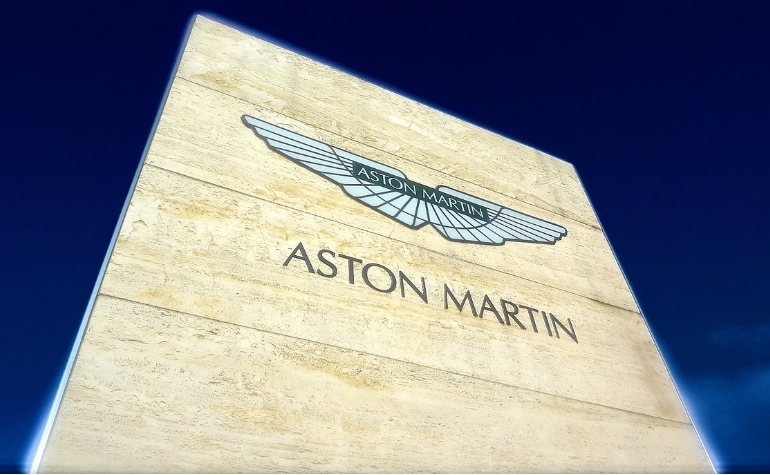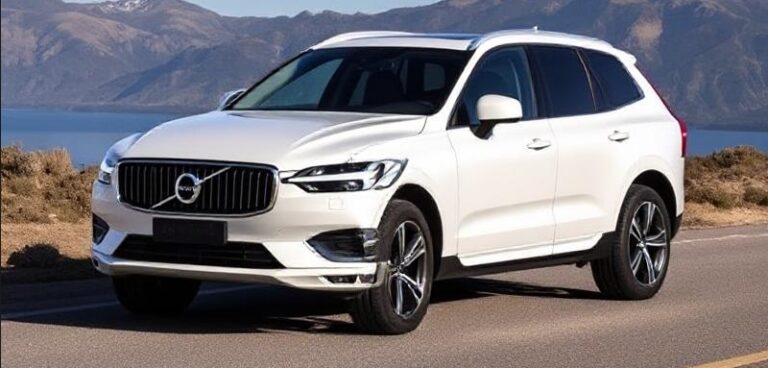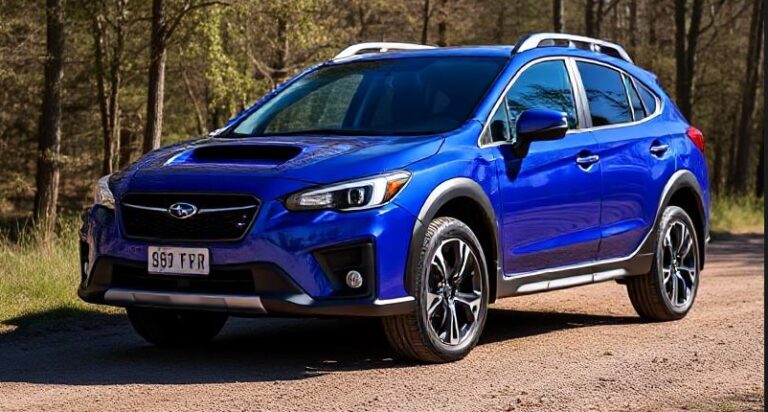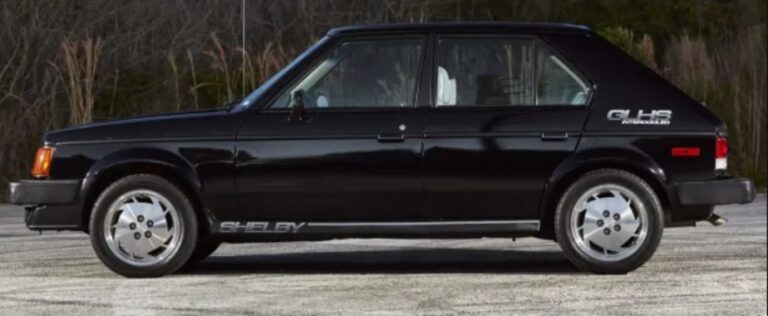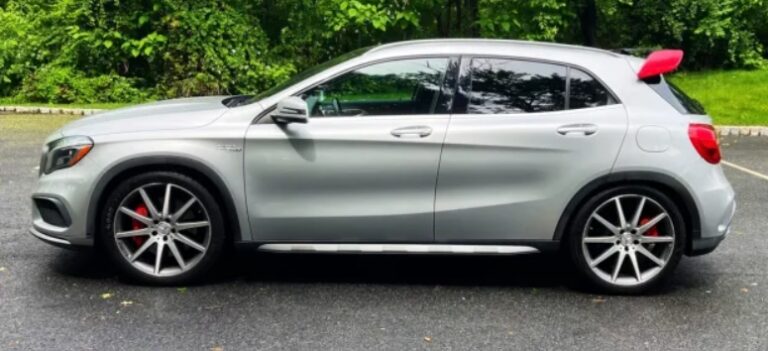The Evolution of the Aston Martin Lagonda: A Timeless Journey
The Aston Martin Lagonda holds a unique place in the pantheon of automotive excellence. Known for its blend of luxury, performance, and cutting-edge technology, the Lagonda has undergone a remarkable evolution since its inception in 1976. This article will explore the history, models, trim levels, and the significance of the Lagonda brand within the Aston Martin lineage.
Origins of the Lagonda Brand
The Lagonda name traces its roots back to 1906 when it was established by Wilbur Gunn, primarily producing luxury cars. However, Aston Martin acquired Lagonda in 1947, and the brand became synonymous with high-performance luxury vehicles. The 1976 Lagonda marked the revival of the name, focusing on a new era of technological advancement and unique design.
The First Generation (1976-1990)
Lagonda Series 1 (1976-1984)
The Aston Martin Lagonda series debuted in 1976, distinguished by its wedge-shaped body designed by William Towns. The car was revolutionary for its time, featuring cutting-edge technology, including digital instrumentation—a novelty in the automotive world.
- Production Years: 1976-1984
- Engine: Powered by a 5.3-liter V8 engine, the Lagonda could produce 280 horsepower with a top speed reaching approximately 150 mph.
- Trim Levels: The early models were relatively uniform, focusing on bespoke luxury elements rather than multiple trims. The emphasis was on customization, with buyers able to choose from a variety of interior finishes and materials.
Lagonda Series 2 (1984-1988)
The Series 2 introduced subtle design changes, including revised front and rear ends and an updated interior layout, while maintaining the signature angular aesthetics.
- Production Years: 1984-1988
- Engine: This iteration retained the 5.3-liter V8, but improvements in fuel management and engine tuning enhanced reliability and performance.
- Trim Levels: Consistently focused on luxury and performance, this line did not have distinct trims but offered various customization options.
Lagonda 4-Door (1989-1990)
Towards the end of the original Lagonda’s production life, Aston Martin introduced a more refined version, often referred to as the Lagonda 4-Door.
- Production Years: 1989-1990
- Engine: Upgraded to a 6.0-liter V8, producing around 400 horsepower.
- Trim Levels: This iteration continued to offer personalized luxury customization, catering to the affluent clientele seeking exclusivity.
The Second Generation: Lagonda 2 (1992-1999)
After a brief hiatus, Aston Martin reinvigorated the Lagonda brand with a new, more modern approach. The new design, led by chief designer Ian Callum, was more restrained, transitioning from the angular aesthetic to a more rounded, elegant profile.
- Production Years: 1992-1999
- Engine: The 1993 Lagonda 2 was powered by a V8 that developed around 350-420 horsepower, dependent on the variant, employing more advanced technology.
- Trim Levels: The Lagonda 2 primarily offered a single model with extensive customization options upon request, allowing buyers to tailor their vehicles specifically to their tastes.
The Modern Lagonda: 2009-2017 (Concepts and Variants)
In the 2000s, the Lagonda nameplate saw a revival through concept models, sparking intrigue among enthusiasts amd critics alike. While the direct production of a new Lagonda model remained dormant, various concepts hinted at its future.
Lagonda Concept (2009)
In 2009, Aston Martin unveiled the Lagonda Concept, indicating a potential return of the luxury icon. It featured bold lines and a modern take on the heritage-inspired design.
- Engine: It was rumored to feature a 6.0-liter V12 engine similar to the existing DB9 platform.
- Technology: Included all-wheel drive and advanced driver-assistance systems, showcasing Aston Martin’s commitment to blending luxury with technology.
Lagonda Taraf (2014)
The Lagonda Taraf was subsequently developed as an ultra-exclusive luxury sedan.
- Production Years: 2014 limited production run.
- Engine: This model featured a reworked 5.9-liter V12 engine, producing approximately 603 horsepower.
- Trim Levels: Offered as a single, bespoke model with luxurious materials and bespoke customization options.
The New Era: Lagonda as a Sub-Brand
In 2017, Aston Martin announced that Lagonda would serve as a brand focused on zero-emissions vehicles. This marked a significant step forward, as it highlighted the company’s commitment to sustainable luxury.
Lagonda All-Terrain Concept (2018)
At the 2018 Geneva Auto Show, Aston Martin unveiled the Lagonda All-Terrain Concept, showcasing a luxury SUV design powered by an all-electric powertrain.
- Engine: The All-Terrain featured a dual-motor setup with an estimated range exceeding 400 miles.
- Technology: Advanced features including autonomous driving capabilities and high-tech infotainment systems were integral to the design.
The Future of Lagonda
As of late 2023, Aston Martin has continued to emphasize the importance of the Lagonda brand in its roadmap toward sustainability and luxury electric mobility. The brand aims to redefine luxury while adhering to a greener philosophy.
In 2022, Aston Martin confirmed plans for the Lagonda brand to produce a fully electric sedan and SUV as part of the growing luxury electric vehicle market. This move aims to blend the signature Aston Martin luxury experience with state-of-the-art electric powertrains.
.
How do you catch the bad guys? With Dodge Challenger Cop Cars !
.
Conclusion
The Aston Martin Lagonda has evolved dramatically over its lifetime—from the opulent yet technologically innovative cars of the late 1970s to the forward-looking electric concepts of today. Each iteration has enhanced the legacy of the Lagonda name, establishing it as a symbol of tailored luxury and engineering excellence.
The journey of the Lagonda is a testament to Aston Martin’s ability to adapt to the changing automotive landscape while retaining the core principles of performance, craftsmanship, and exclusivity that have defined the brand for more than a century. As we look towards the future, the Lagonda brand promises to continue evolving, innovating, and redefining luxury in the world of electric mobility.
